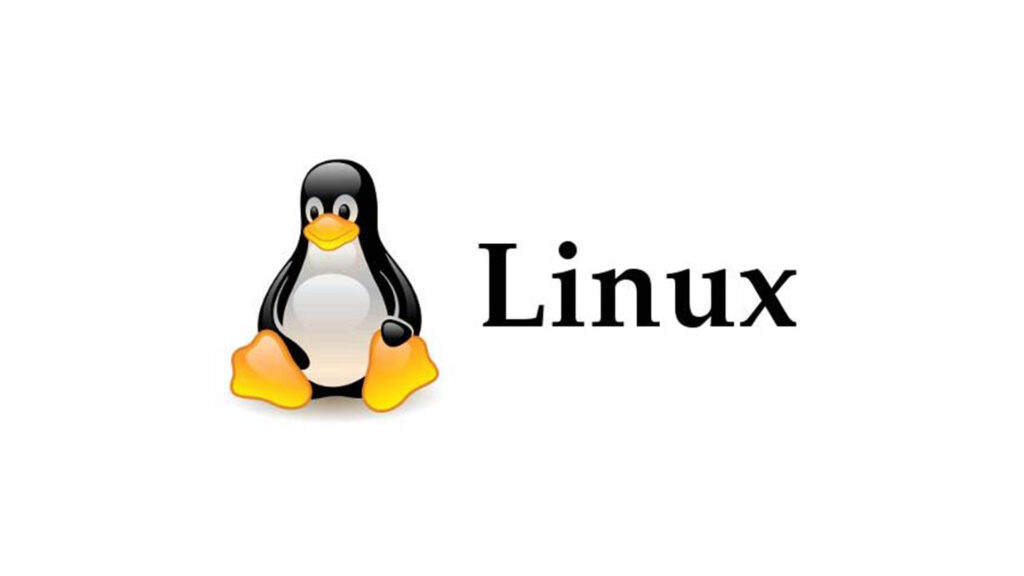Quick look at the Vulnerability in Shim – Linux Distro News
A recent cybersecurity vulnerability, identified as CVE-2023-40547, has stirred up the tech world due to its potential impact on a wide range of Linux distributions. This vulnerability was found in Shim, a critical piece of software used by most Linux distributions in the boot process to support Secure Boot.

The National Vulnerability Database (NVD) and Red Hat, the maintainer of the Shim software, have provided slightly different takes on the severity of this vulnerability.
A recent headline has brought attention to the fact that all Linux distributions that support Secure Boot, including Red Hat, Ubuntu, Debian, and SUSE are affected by the flaw, identified as CVE-2023-40547. The flaw is the most severe of six vulnerabilities in Linux shim that its maintainer Red Hat disclosed recently — and for which it has issued an update (shim 15.8).
The Vulnerability the Shim
The vulnerability lies in the Shim boot support, which trusts attacker-controlled values when parsing an HTTP response. This flaw allows an attacker to craft a specific malicious HTTP request, leading to a completely controlled out-of-bounds write primitive and complete system compromise. This flaw is only exploitable during the early boot phase, and an attacker needs to perform a Man-in-the-Middle attack or compromise the boot server to exploit this vulnerability successfully.
Severity Ratings: NVD vs Red Hat
The NVD rated the severity of CVE-2023-40547 as 9.8 (Critical), while Red Hat assigned it a score of 8.3 (High). The difference in these ratings can be attributed to the different perspectives of these two entities. The NVD’s rating is based on the vulnerability’s potential impact on a wide range of systems, while Red Hat’s rating might be influenced by the specific configurations and use cases of their products.
The NVD’s critical rating of 9.8 is based on the Common Vulnerability Scoring System (CVSS), an industry-standard for assessing the severity of computer system security vulnerabilities. The CVSS measures vulnerabilities in terms of their exploitability and impact. In the case of CVE-2023-40547, the NVD’s critical rating suggests that the vulnerability is easily exploitable and could have a severe impact on the confidentiality, integrity, and availability of affected systems.
On the other hand, Red Hat’s rating of 8.3 (High) might be influenced by the specific configurations and use cases of their products. Red Hat’s assessment likely takes into account the fact that exploiting this vulnerability requires specific conditions, such as the attacker being able to perform a Man-in-the-Middle attack or compromise the boot server. Furthermore, Red Hat’s rating might also reflect their confidence in the mitigations and patches they have in place to protect their users from this vulnerability.
In conclusion, while both the NVD and Red Hat agree that CVE-2023-40547 is a serious vulnerability, their differing severity ratings highlight the importance of context and specific use cases in assessing the potential impact of a vulnerability.
The Shim Vulnerability in a nutshell
The crux of this security lapse lies in Shim’s trust in attacker-controlled values during the parsing of an HTTP response. This flaw allows an attacker to craft a specific malicious HTTP request, leading to a completely controlled out-of-bounds write primitive. This vulnerability is only exploitable during the early boot phase, and an attacker needs to perform a Man-in-the-Middle attack or compromise the boot server to exploit this vulnerability successfully.
Conclusion
CVE-2023-40547 serves as a reminder of the complex and evolving nature of cybersecurity threats. It underscores the importance of continuous vigilance, timely patching, and robust security practices in the face of potential system compromises. As the tech community continues to respond to this vulnerability, it will be crucial to consider both the broad and specific impacts of such security flaws.
It underscores the need for organizations to understand their unique risk profiles and to implement appropriate security measures accordingly.
You think you have a story worth everyone’s time? SUBMIT A STORY and we will publish it
Share this content:




Post Comment